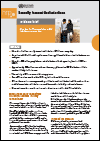What's New
Displaying results 651 - 660 of 4052
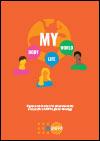
Resource | Publications,
My Body, My Life, My World is UNFPA's new global strategy for adolescents and youth.
It puts young people—their talents, hopes, perspectives and unique needs—at the very centre of sustainable development. In doing so, it supports the achievement of the Sustainable Development Goals, and aligns with the new United Nations Strategy on Youth as well as UNFPA's 2018-2021 Strategic Plan.
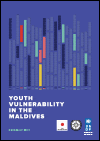
Resource | Publications,
This report was commissioned to examine and identify grievances of youth, why young people in the Maldives are vulnerable to recruitment into certain groups of the society and to examine the problems that young people face and the different vulnerabilities that they are exposed to. The aim has been to consult widely with young adults about their lives and to develop some responses based on their views. The report presents 10 policy priorities in the near term. It serves as tool for the government, development partners, academic institutions and civil society in our collective efforts to better understand the intersectionality of youth issues, and further strengthen our work towards achieving truly inclusive development and the attainment of the SDGs.
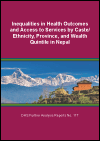
Resource | Publications,
The primary objective of the further analysis of the 2016 NDHS is to provide more in-depth knowledge and insights into key issues that emerged from the survey. This information provides guidance for planning, implementing, refocusing, monitoring, and evaluating health programs in Nepal. The longterm objective of the further analysis is to strengthen the technical capacity of local institutions and individuals for analyzing and using data from complex national population and health surveys to better understand specific issues related to country need.
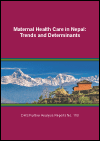
Resource | Publications,
Despite the longstanding efforts of the Ministry of Health and Population (MoHP) in Nepal to promote maternal and neonatal health (MNH), progress has been slow for MNH service use. This analysis aimed to identify determinants of maternal health care use: antenatal care (ANC) visits, institutional delivery, and postnatal care (PNC) check-up. We analyzed 2011 and 2016 Nepal Demographic and Health Surveys (NDHS) data to illustrate the trend of these three outcome variables, and 2016 NDHS data alone for determinants of the outcome variables. The number of women included in the analysis was 1,440 for ANC, 1,478 for place of delivery, and 718 for PNC.
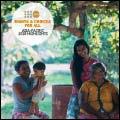
Resource | Publications,
In 2018, our regional and country programmes in Asia-Pacific UNFPA continued to accelerate the ICPD Programme of Action which in turn contributes to the 2030 Agenda and its Sustainable Development Goals.
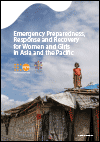
Resource | Publications,
Asia-Pacific is the most disaster-prone region in the world and home to a number of long-running conflicts. The United Nations Population Fund (UNFPA) places women and girls at the centre of humanitarian response. This publication shares examples of how UNFPA support actions to better mitigate the risks of disasters and support humanitarian response work that is underpinned by UNFPA’s unique mandate encompassing sexual and reproductive health, gender equality, population data and youth empowerment.
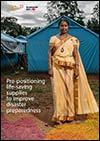
Resource | Publications,
Prepositioning has been a game-changer for UNFPA's humanitarian work across the Asia-Pacific region, improving the speed, quality and efficiency of emergency responses. This publication provides an overview of the Regional Prepositioning Initiative, UNFPA's flagship humanitarian preparedness initiative supported by Australia.
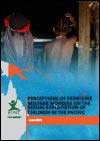
Resource | Publications,
This paper details the results of a survey with 84 frontline welfare workers in seven Pacific countries. The results offer a snapshot of the context of sexual exploitation of children (SEC) in the Pacific and key issues affecting children’s vulnerability, ability to access support services, and frontline worker’s ability to provide support to them. All participants worked as welfare service providers directly managing cases that included children. The online survey consisted of approximately 60 multiple-choice questions and a small number of short open-answer questions. Many participants shared additional observations and illustrative anecdotes throughout the survey that further shed light on the challenges and potential opportunities for action and progress in this area. It should be noted that the data is not statistically representative of the experiences of all frontline workers in the region, and cases described are merely recalled estimates rather than detailed administrative counts.
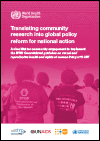
Resource | Publications,
The objective of this Checklist is to support women living with HIV and community activists who care about the rights of women living with HIV to guarantee effective implementation of the WHO Consolidated guideline on sexual and reproductive health and rights of women living with HIV. This is important given that uptake of the guideline includes the meaningful engagement of women living with HIV in all their diversity.






